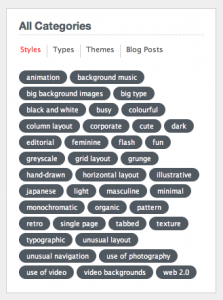- How can we, as writers/publishers, start thinking about audiences not only as people we want to read/view our text, but also as the end to steps of algorithmic processes (or, how do we break down how our audience sees our work into a more straightforward-forward way? I’m not sure if this questions makes sense…)
- Is there truly a way to learn algorithmic audience? John Gallagher says that to teach audience is to “teach students how to negotiate the specificity of situations and deliberate on writing concrete particulars” (28). But if social media and different digital platforms are always updating/changing, wouldn’t this not always be easy/simple?
Like Jordyn, I was a little thrown by the term “algorithmic audiences.” I was trying to figure out how John Gallagher was going to take audience, which I always associate with human interaction with a text, and algorithm, which I usually associate with math, and make this a concept that makes sense in terms of digital publishing. However, Gallagher does help to make sense of using these algorithms to more accurately reach your intended audience, or that was how I read it. His explanation of metadata and how it relates to algorithmic audiences, that you need to input metadata in order to reach your audience, really spoke to me. At my internship at PBS, I noticed that the raw video footage and clips that were on PBS’s online systems all included tags or other metadata of some kind to keep it organized and easy to find within the company. But Gallagher’s explanations shows that the metadata can also be used so your audience can find your text online.

This use of metadata and tags also relates to the distribution and circulation of a text. In class, we’ve discussed how distribution is the initial publishing/sharing of a text, while circulation is how the text naturally travels online/gets shared on different digital platforms. Gallagher describes this , saying that students who are being taught algorithmic audience are asked to think about how their audience will find their text and how the use of metadata like tags an help increase their text’s circulation on different platforms (27).
This piece got me thinking about distribution/circulation and audience in a different way. I have always thought about the people that make up the audience, what their interests are, and how they could possibly find my text. Now, I can also think about how I can put my text in their direct path – how I can input metadata to put my texts on their radar and what they are already interested in/looking at on different platforms.
Word count: 436
Gallagher, John R. “Writing for Algorithmic Audiences.” Computers and Composition, 2017, p. 25-35.
